Thanks to David Attenborough, Greta Thurnberg and many others, we are all so much more conscious of our effect on the planet.
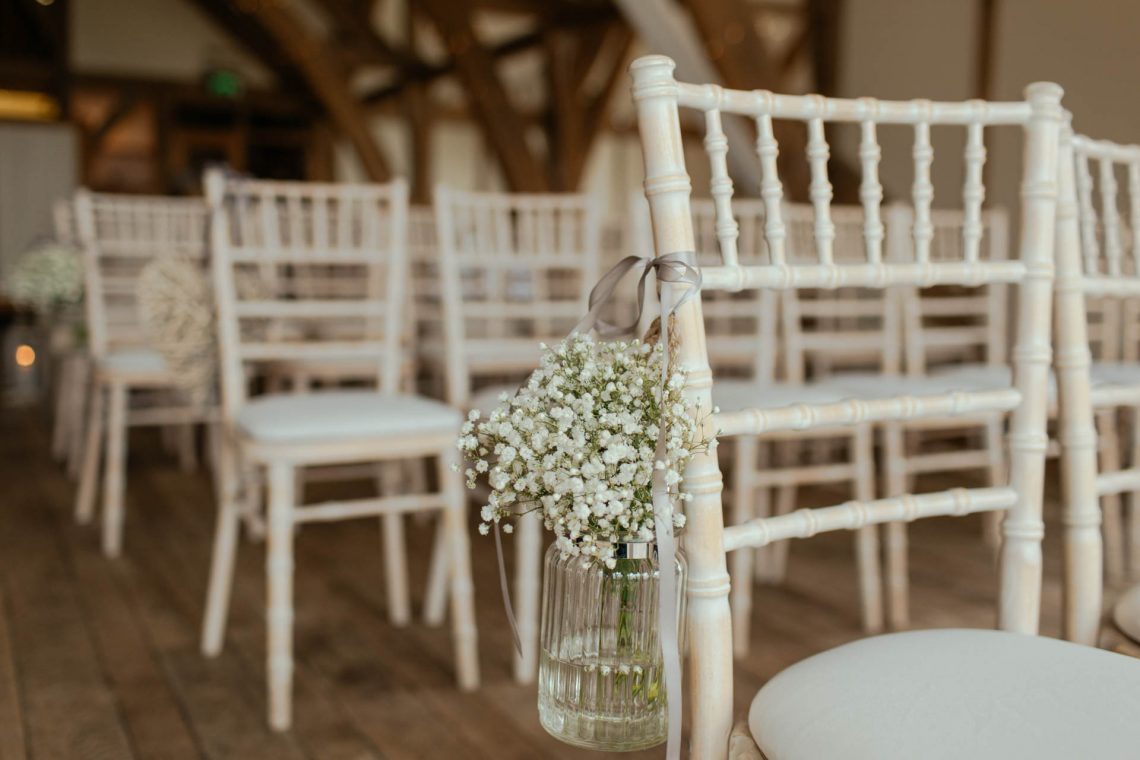
Thanks to David Attenborough, Greta Thurnberg and many others, we are becoming more aware of our effect on the planet.
Small actions by an individual can make a sustainable difference, but how do you implement these changes into your wedding? Below are some excellent tips and advice on how to plan an eco-friendly, sustainable wedding.
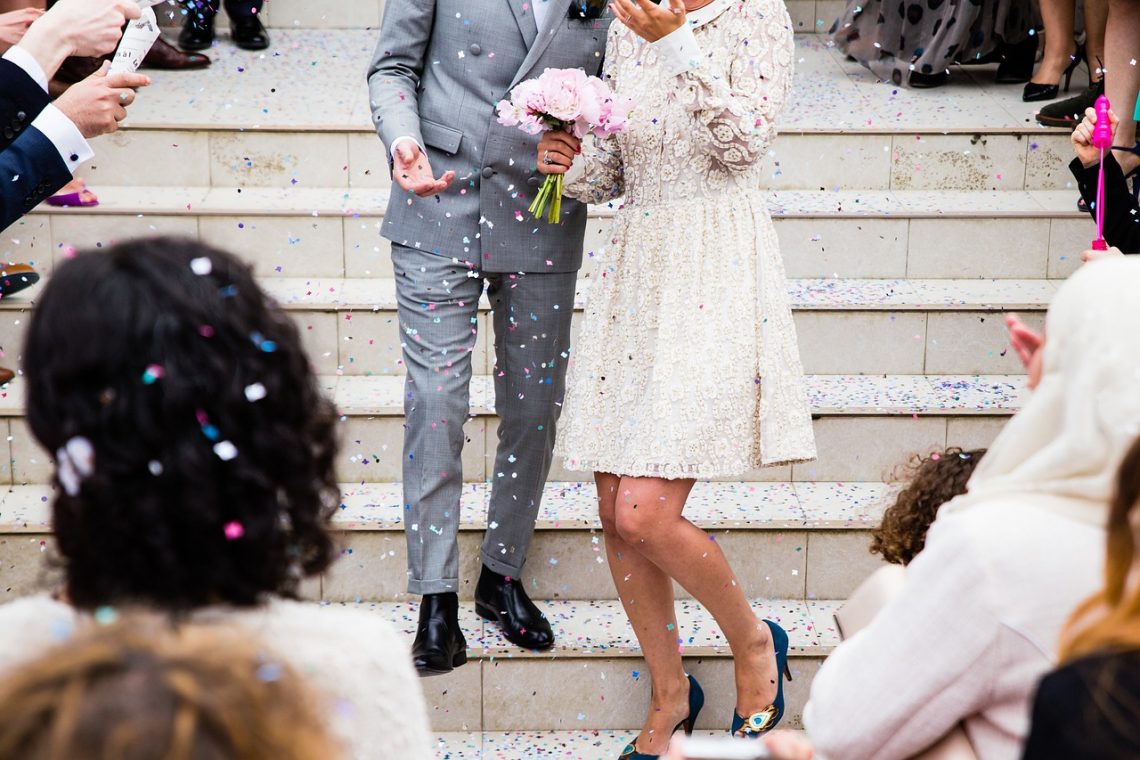
1. Biodegradable Confetti
Confetti that can successfully biodegrade has been around for a while now, and you’ll find that some venues even enforce the use of eco-friendly confetti.
The different types of eco-friendly confetti usually consist of dried flowers or leaves, but you can also get hold of the biodegradable traditional confetti circles.
The best flowers for the all-important ‘confetti shot’ are Delphiniums and wildflowers; because of their lightweight, they’ll elegantly flutter in the air and gently fall to the ground. This will allow your photographer to get the perfect wedding shot as guests throw the confetti in the air.
Search around for local suppliers near the venue; you’ll be pleasantly surprised at how widely available biodegradable confetti is to purchase. Remember that biodegradable confetti can break down in a few hours if it’s wet or days if it’s dry. In contrast, non-biodegradable confetti can take thousands of years in comparison.

2. Second Hand Clothing
If you’re hoping for a vintage-themed wedding, chances are your wedding dress will be of the era your wedding evokes. However, you will likely buy a new dress if you want a more modern feel for your wedding.
Hiring a dress is an efficient way to cut down textile fabric waste because how many brides wear their wedding dress after the wedding anyway?
Repurposing a family member’s old wedding dress is a beautiful way to honour a relative whilst also helping the environment. Lovell Faye specialises in redesigning old wedding dresses to your specifications and desires, whether for the wedding day or a rehearsal dinner.
However, if you want to buy new, consider the longevity of your purchase. Vogue has some incredible ideas and inspiration on what a modern wedding dress should look like. Check out these exceptionally designed wedding dresses that aim to not only look elegant enough for a wedding, but also chic enough for any other special occasion.
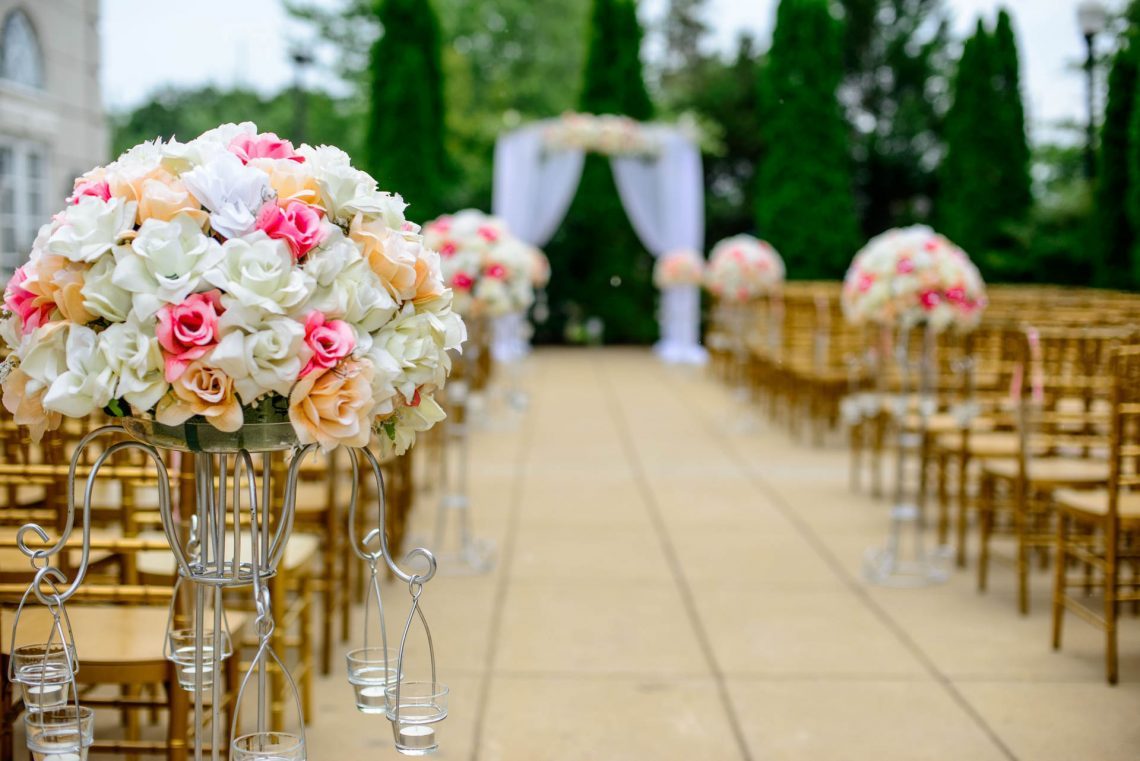
3. Hold Your Ceremony and Reception at the Same Venue
Many venues offer this as standard, mainly where the ceremony is civil. It’s far easier logistically and helps reduce unnecessary transport between venues, decreasing your guests’ carbon footprint.
A church wedding is less likely, although we can think of a few estates with a church and room for a reception:
A breathtaking Grade I listed stately home stands majestically amid 2,500 acres of expansive parkland in the Leicestershire Wolds. Renowned for its exquisite architecture and meticulously maintained grounds, this hall is a favoured wedding venue.
Nestled in the scenic Rutland county, it’s conveniently accessible from Oakham, Stamford, Leicester, Peterborough, and Nottingham. This sizeable rural estate focuses on various business aspects, including farming, forestry, and managing residential and commercial properties. It also hosts wedding venues, complete with options for marquee receptions.
A charming 16th-century Manor House located within a vast 850-acre estate in the stunning countryside of Leicestershire. This venue boasts an array of beautiful locations for unforgettable wedding photographs. Whether beneath the arches by the lake or in the secluded mosaic garden, you’ll find plenty of picturesque backdrops for capturing the essence of your special day.
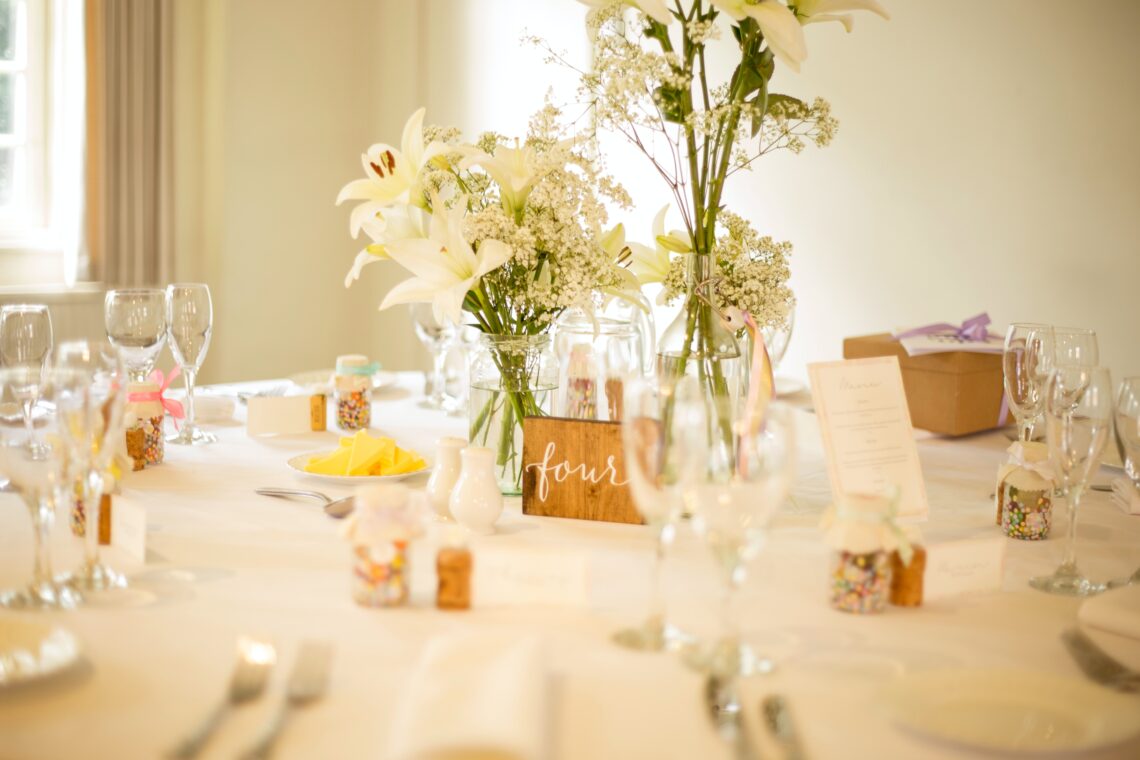
4. Get Rid of Favours
While they look pretty, traditional favours generally get left behind by guests. Many are made of plastic or contain packaging that is not recyclable.
Favours are also one of the most expensive parts of a wedding and sometimes one of the most forgettable. So here are some alternative ideas for consideration:
- Cupcakes – These can also be consumed instead of a wedding cake, saving you money!
- Rocks or pebbles from your favourite beaches can double up as a place name, another money saver!
- Seed packets – Your guests can sprinkle the seeds from these packets in their gardens or pots. In just a few months, flowers will bloom as a beautiful reminder of your wedding day, contributing positively to the environment rather than detracting from it.
- Cake in a jar – This is another alternative to the traditional wedding cake or dessert, or it can even replace both. Served in glass jars, guests can either take them home for reuse or recycle.
- Mini spirits – Whether homemade or purchased, these mini spirits are always popular with guests. However, it’s essential to check with your venue, as some may have restrictions on consuming alcohol not supplied by them.

5. Keep Your Suppliers as Local as Possible
Supporting the local suppliers of where your wedding venue is situated has so many benefits. Not only does it support the local economy and help keep bespoke, artisan and unique businesses open, but it also cuts down heavily on transport.
A quick Google search for ‘florists in this area’ is an easy way to get started. Try following the town’s local Facebook or Instagram account, as this may give insights into some fantastic local suppliers like bakers and food trucks. Using a reputable music agency can cut time searching for the perfect wedding band or DJ, and the site will usually have a ‘search by location’ filter.
Remember to speak to your venue and ask them for their recommendations; they often have the best local knowledge of suppliers. By choosing their recommended suppliers, you’re ensuring a smooth experience on the day, as they will know the venue well and vice versa.
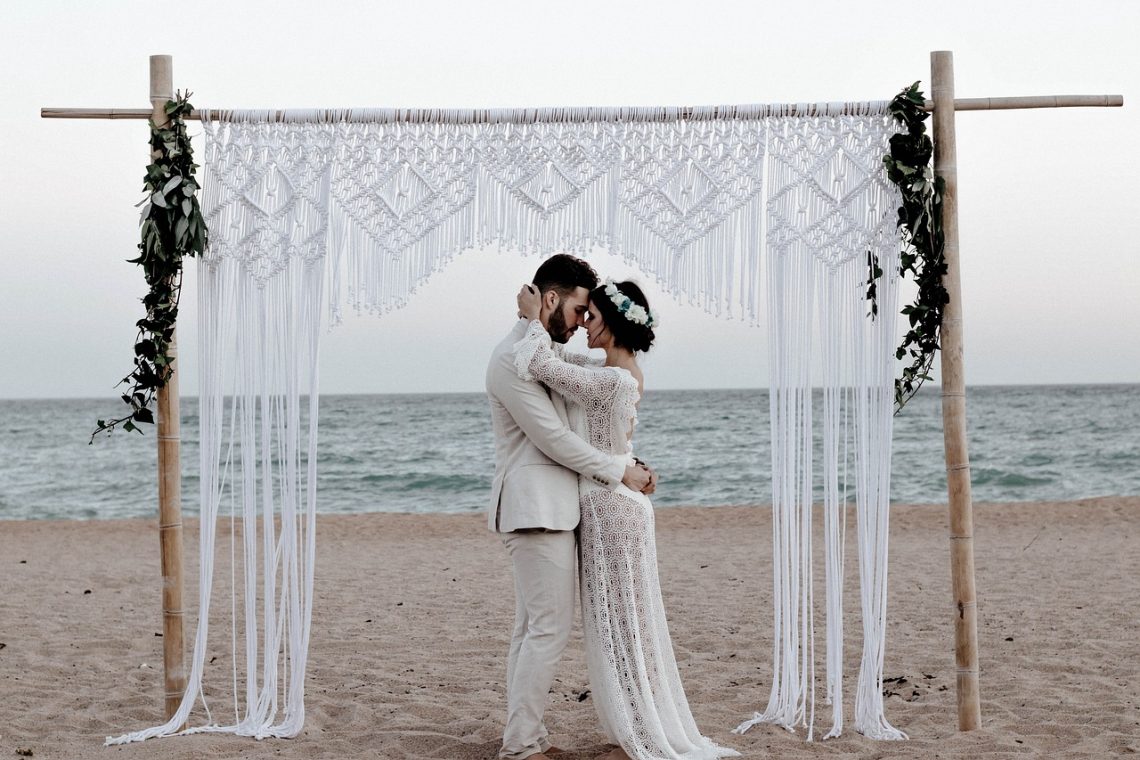
6. Reducing Waste & Sustainable Caterers
We’re all guilty of having eyes bigger than our bellies, and there’s nothing worse than underfeeding your guests. However, don’t go huge on portion sizes or canapés, because this will help to reduce food waste.
A good rule of thumb for canapés is 4-6 portions per guest, and for the main meal, consider using eco-friendly catering. Take a look at our list below:
- Locally sourced, organic and seasonal ingredients
- Avoid bottled water
- Reduce single-use plastics (straws)
- Energy-efficient equipment
- Eco-friendly cleaning products
- Offer vegetarian and vegan alternatives
- Reusable tablecloths and napkins
- Compostable serving wear and utensils
Nowadays, it’s much easier for catering services to practice eco-friendliness. By implementing the above, you can help significantly reduce waste and energy use, thereby lessening the environmental footprint left on your wedding day.
7. Embrace Technology
Using electronic invites instead of paper invitations is a no-brainer if you’re striving towards sustainability. Again, it’s not only cutting down on mileage but also on the paper.
It may not be everyone’s cup of tea, but technology and design have come a long way. Why not incorporate the use of AI to help design your e-vites? Also, Canva is a fantastic all-in-one app that could produce beautiful e-vites in the right creative hands.
Think about creating a website for your wedding day using Squarespace or Wix. You can set up a donation page towards your wedding or honeymoon and ask guests to politely not gift any cards to help cut down on paper.
Some churches and venues will have streaming capabilities for relatives and guests based abroad or too far away in general, which in turn will cut down on flights and other transportation.
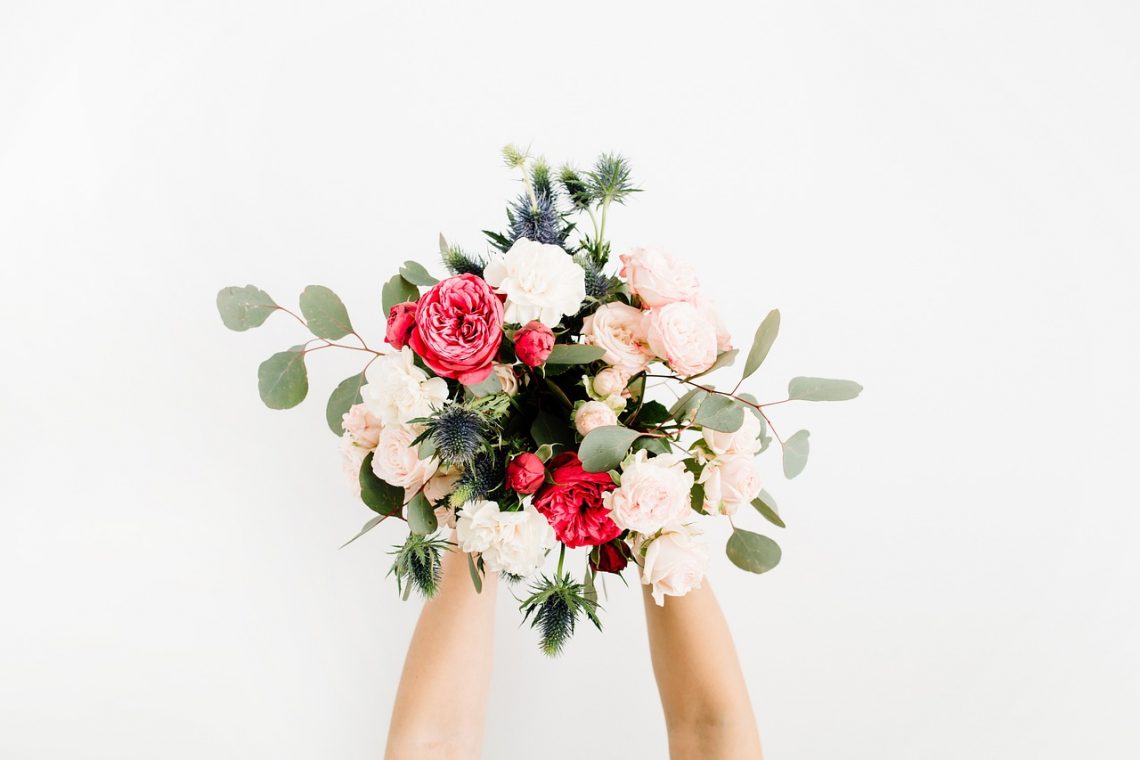
8. Choose Seasonal Flowers
Many florists cultivate their own flowers, ensuring a local and fresh selection. This practice contrasts with the common sourcing of wholesale flowers from distant locations like Holland, offering a sustainable and potentially more affordable alternative.
If you need to know what flowers will be in season for your wedding, ask your local florist to advise you of the flower names, colours and themes you could potentially opt for. Below are a few examples to get you started, depending on the season:
Spring
Daffodils, Freesias, Forsythia, Peonies, Muscaris, Forget-me-nots, Lilcas & Astilbe – think bright, bursting yellows against a backdrop of striking white to help them pop!
Summer
Lisianthus, Orchids, Irises, Peonies, Freesias, Dahlias & Cornflowers – think yellows, oranges, purples & pinks, as you’ll be spoilt for choice during these weather months!
Autumn
Sunflowers, Chrysanthemums, Marigolds, Zinnias, Calla Lilies, Asters, Physalis & Roses – think deep reds and oranges to suit a fall wedding.
Winter
Pussy Willow, Eucalyptus, Ruscus, Pine Cone, Waxflower, Fresia, Rose & Carnations – think white, cream and pastel colours to help capture the mood of this magical season.

9. Sustainable Wedding Rings
Yes, this is a thing! Some jewellers now use recycled metals and alluvial river gold from the UK to make sustainable wedding rings, such as Jaqueline & Edward.
Lab-grown diamonds are also becoming popular for the eco-conscious couple looking to reduce their carbon footprint. Yes, their value may decrease significantly after leaving the store, but you’ll be happy knowing you’re not contributing towards the diamond mining industry that harms the environment.
10. Composting & Recycling
Using compostable materials on the day, like paper plates for canapés and cardboard straws for drinks, effectively reduces harmful materials polluting the environment on your wedding day.
Think about setting up some recycling stations at your wedding, as this will help encourage guests to be mindful of where they place their rubbish. Try to make it a fun experience; for example, you could add a basketball hoop to bins where bottles are recycled to create friendly competition between guests.
Borrow as much as you possibly can when it comes to decor. Sadly, most of the purchased decor will only be used once and never again, so think about who has tablecloths, runners, lanterns, lights, etc. The more you borrow, the more you help save the planet on your wedding day!

As we’ve explored, there are so many creative and meaningful ways to work sustainability into your special day. From the charm of a second-hand wedding dress to the joy of eco-friendly confetti, each choice contributes to a healthier planet and adds unique significance to your celebration.
Remember, your wedding is not just a union of hearts but also an opportunity to make a positive impact on the world. Embrace these ideas with enthusiasm, and let your eco-conscious wedding set a beautiful example for others to follow. Here’s to love, joy, and a greener future!